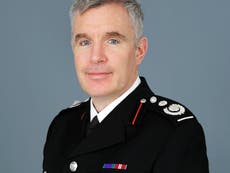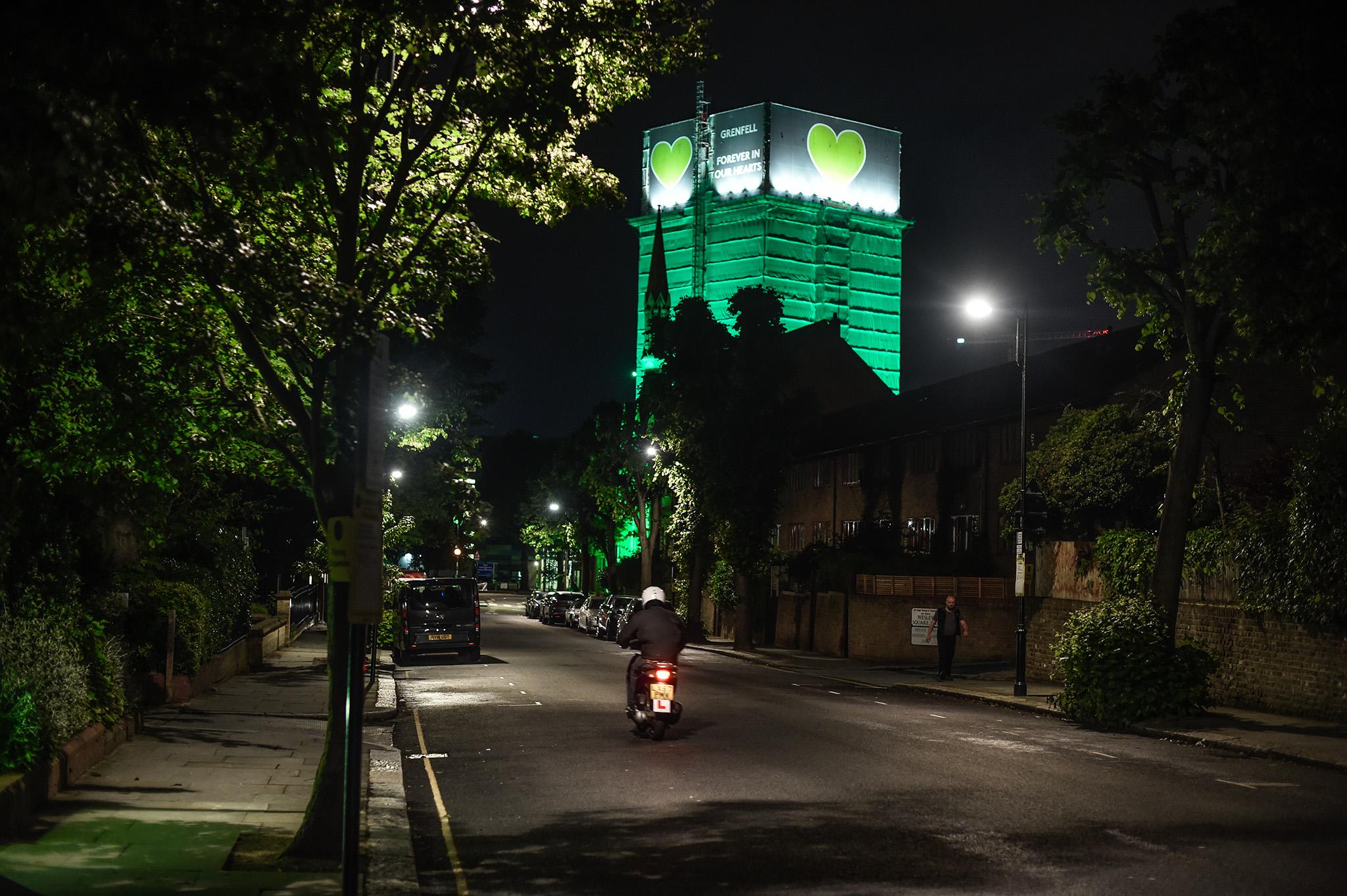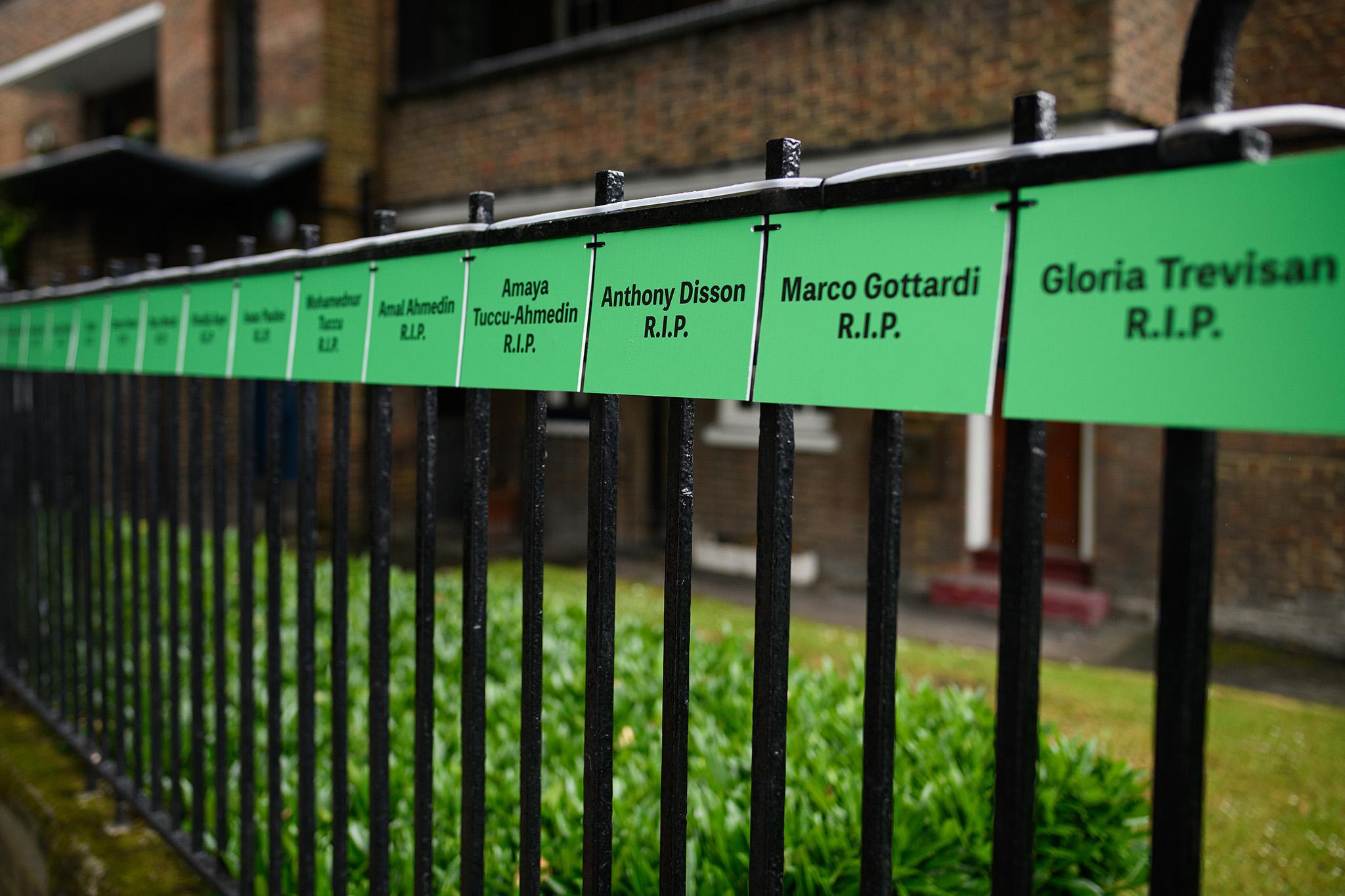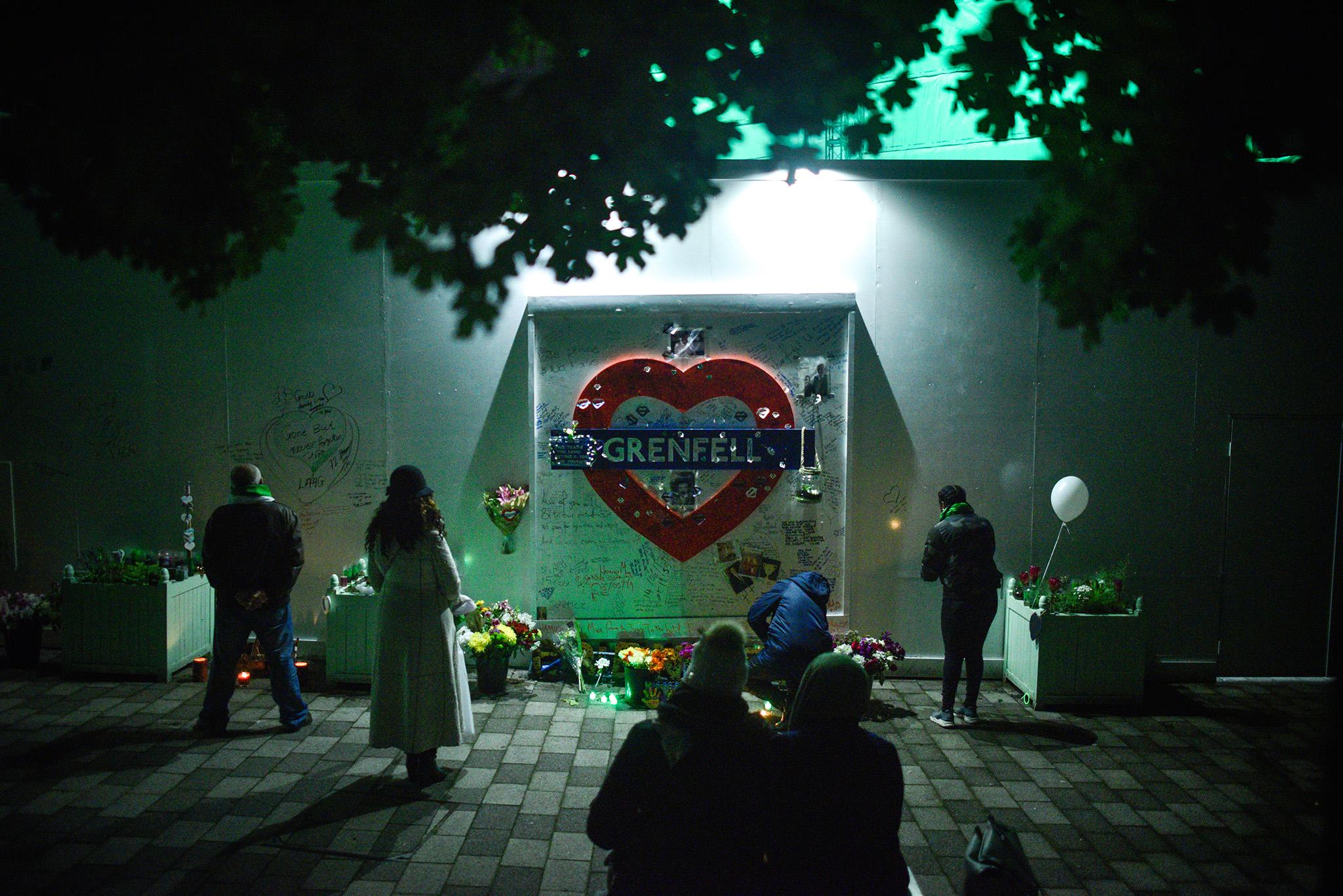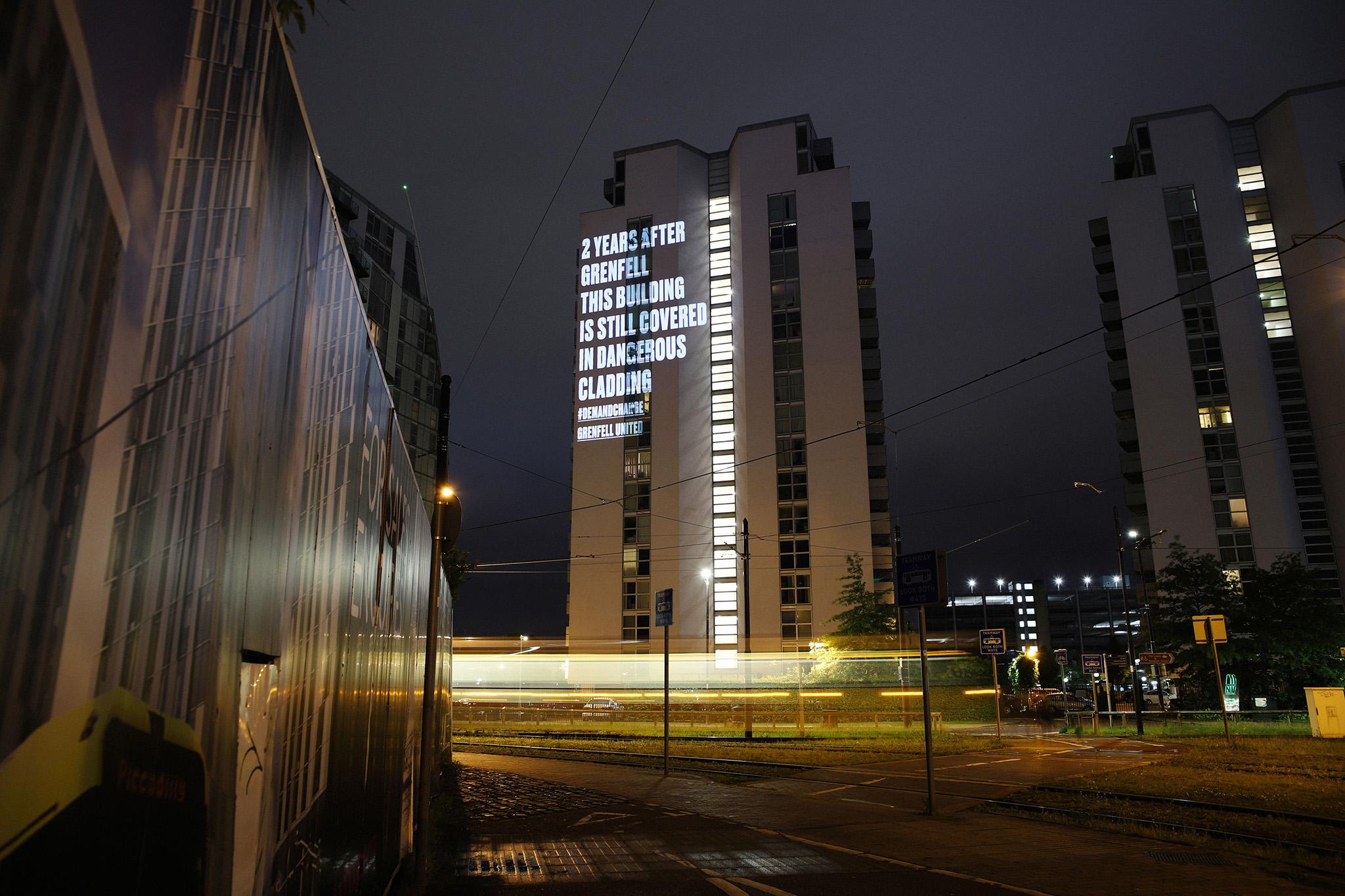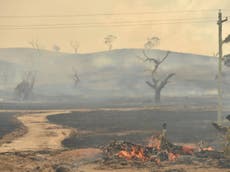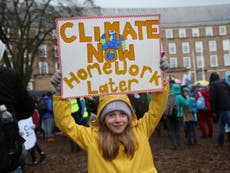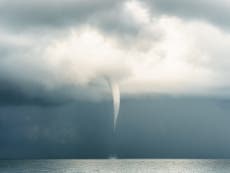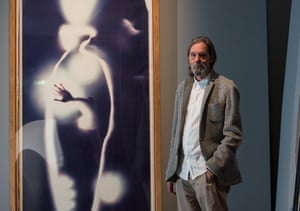Experts baffled as Trump asks why they can't just use flu vaccines to prevent coronavirus
by Sirena Bergman in newsDonald Trump appears to be even more confused than ever bout coronavirus.
In a series of videos actually released by the White House, Trump can be seen getting increasingly more confused by the experts in the room, who are patiently trying to explain very very basic concepts to the president.
During one segment, he seems incapable of understanding how long it actually takes to formulate a vaccine, repeatedly suggesting "a couple months" should be the timeframe, because he "likes that better" than the actual realistic year-and-a-half estimate he's given.
He keeps going on and on about this among awkward laughter from people who understand that science doesn't actually bow to Trump's whims. It only stops when an advisor explains:
Vaccines have to be tested because there's precedent for vaccines actually making diseases worse.
You don't want to rush and treat a million people and find out you're making 900,000 of them worse.
Trump's response? A baffling "that's a good idea". (Good idea to rush and screw it up? Good idea to mention this? WHAT??)
But perhaps the weirdest of all was when he thought that he – a mediocre business person – may have come up with the solution to a complex global pandemic which no medical professional could ever have thought of:
You take a solid flu vaccine, you don't think that would have an impact? Or much of an impact? On corona?
Let's recap. A "solid" (whatever that means) flu vaccine. For the flu.
To stop "corona", as he calls it. Which is... a completely different type of virus. Otherwise it would be called flu. That's how words (and science) work.
So what impact would a flu shot have? "Probably none," Trump is told. For obvious reasons. The president responds:
Probably none? That simple?
Well no, not simple at all really, despite him seeming to think that coronavirus can be cured either by a vaccine for a different virus or by way of actual miracles. For context, researchers have been trying to develop a vaccine against HIV since the 1980s. Does that sound simple to you? Us neither. Maybe they should just use the flu one instead and see if that works.
Trump’s ignorance was on public display during coronavirus meeting with pharmaceutical execs
The president is pushing to get a Covid-19 vaccine before the election. It doesn’t work like that.
By Aaron Rupar@atrupar Mar 3, 2020, 11:30am EST
/cdn.vox-cdn.com/uploads/chorus_image/image/66423874/1204820493.jpg.0.jpg)
Trump during a meeting with the White House Coronavirus Task Force and pharmaceutical executives on Monday. Drew Angerer/Getty Images
It’s understandable that during a White House meeting on Monday with pharmaceutical executives and public health officials, President Donald Trump pressed them to develop and deploy a vaccine to Covid-19 (the disease caused by the novel coronavirus) as quickly as possible. Beyond the obvious public health benefits, a vaccine could help allay fears, stabilize markets, and quell criticisms that his administration was unprepared for or mismanaged the response to the outbreak.
What is harder to wrap one’s brain around, however, is the level of ignorance Trump displayed about how vaccines work.
The World Health Organization (WHO) has already said it will take up to 18 months to develop a vaccine for Covid-19, the disease caused by the novel coronavirus — a time frame much shorter than the usual two- to five-year window. There are straightforward reasons it’s impossible to roll out new vaccines for public consumption overnight: They need to be developed, tested for effectiveness and safety during trials, approved by regulators, manufactured, and then distributed. Each of those steps takes time.
At one point during the meeting, Dr. Anthony Fauci, the head of the National Institute of Allergy and Infectious Diseases, tried to explain to the president that it would be at least a year and probably closer to 18 months before a coronavirus vaccine could be available to the public. But Trump didn’t want to hear it, and kept pressing the executives to come up with something before November’s election.
“I mean, I like the sound of a couple months better, if I must be honest,” Trump said, seemingly oblivious to the fact that the “couple months” time frame execs mentioned merely referred to a vaccine being ready for trials.
Trump on it taking up to a year to develop a coronavirus vaccine: "I mean, I like the sound of a couple months better, if I must be honest." pic.twitter.com/zvvrE9JnPS— Aaron Rupar (@atrupar) March 2, 2020
Later, Trump pressed the pharmaceutical leaders on why they can’t just release the coronavirus drugs their companies are working on tomorrow — in the process revealing that he doesn’t understand the concept of clinical trials.
“So you have a medicine that’s already involved with the coronaviruses, and now you have to see if it’s specifically for this. You can know that tomorrow, can’t you?” he said.
“Now the critical thing is to do clinical trials,” explained Daniel O’Day, CEO of Gilead Sciences, which has two phase-three clinical trials going for remdesivir, a potential treatment for the coronavirus. “We have two clinical trials going on in China that were started several weeks ago ... we expect to get that information in April.”
"So you have a medicine that's already involved with the coronaviruses, and now you have to see if it's specifically for this. You can know that tomorrow, can't you?" -- Trump has no idea what a clinical trial is pic.twitter.com/PoA2usKZ9Z— Aaron Rupar (@atrupar) March 2, 2020
Trump also wondered aloud why the flu vaccine can’t just be used for coronavirus, asking, “You take a solid flu vaccine, you don’t think that could have an impact, or much of an impact, on corona?”
“No,” one of the experts at the table replied.
Following the meeting, an unnamed administration source told CNN that they thought the scientists and experts were able to convince Trump that a vaccine would not be available for a year or longer.
“I think he’s got it now,” the source told CNN.
But if Trump does get it now, that wasn’t apparent during a political rally in Charlotte hours later, during which the president claimed pharmaceutical companies “are going to have vaccines I think relatively soon.”
"We had a great meeting today with a lot of the great companies, and they're going to have vaccines I think relatively soon. And they're going to have something that makes you better, and that's going to actually take place we think even sooner" -- Trump on the coronavirus pic.twitter.com/oujTse5Lnp— Aaron Rupar (@atrupar) March 3, 2020
Trump went on to portray the coronavirus problem in ethnonationalist terms: “There are fringe globalists that would rather keep our borders open than keep our infection — think of it — keep all of the infection, let it come in,” he said, before expressing surprise that tens of thousands of Americans die from the flu each year.
“When you lose 27,000 people [from the flu] a year — nobody knew that — I didn’t know that. Three, four weeks ago, I was sitting down, I said, ‘What do we lose with the regular flu?’ They said, ‘About 27,000 minimum. It goes up to 70, sometimes even 80, one year it went up to 100,000 people.’” (According to the Centers for Disease Control and Prevention, there have not been more than 51,000 flu-related deaths in the US over the past decade.)
“I said, ‘Nobody told me that. Nobody knows that.’ So I actually told the pharmaceutical companies, ‘You have to do a little bit better job on that vaccine,’” Trump continued.
"I told the pharmaceutical companies that they have to do a better job on that vaccine" -- Trump admits he just learned that the flu can be deadly and says he wants the pharmaceutical companies to do something about it pic.twitter.com/7jPDsi7WAX— Aaron Rupar (@atrupar) March 3, 2020
Then, following the rally, the White House released a statement not detailing new federal initiatives to help stop the spread of Covid-19, but highlighting tweets from Republicans praising the administration’s response.
It’s understandable that during a White House meeting on Monday with pharmaceutical executives and public health officials, President Donald Trump pressed them to develop and deploy a vaccine to Covid-19 (the disease caused by the novel coronavirus) as quickly as possible. Beyond the obvious public health benefits, a vaccine could help allay fears, stabilize markets, and quell criticisms that his administration was unprepared for or mismanaged the response to the outbreak.
What is harder to wrap one’s brain around, however, is the level of ignorance Trump displayed about how vaccines work.
The World Health Organization (WHO) has already said it will take up to 18 months to develop a vaccine for Covid-19, the disease caused by the novel coronavirus — a time frame much shorter than the usual two- to five-year window. There are straightforward reasons it’s impossible to roll out new vaccines for public consumption overnight: They need to be developed, tested for effectiveness and safety during trials, approved by regulators, manufactured, and then distributed. Each of those steps takes time.
At one point during the meeting, Dr. Anthony Fauci, the head of the National Institute of Allergy and Infectious Diseases, tried to explain to the president that it would be at least a year and probably closer to 18 months before a coronavirus vaccine could be available to the public. But Trump didn’t want to hear it, and kept pressing the executives to come up with something before November’s election.
“I mean, I like the sound of a couple months better, if I must be honest,” Trump said, seemingly oblivious to the fact that the “couple months” time frame execs mentioned merely referred to a vaccine being ready for trials.
Trump on it taking up to a year to develop a coronavirus vaccine: "I mean, I like the sound of a couple months better, if I must be honest." pic.twitter.com/zvvrE9JnPS— Aaron Rupar (@atrupar) March 2, 2020
Later, Trump pressed the pharmaceutical leaders on why they can’t just release the coronavirus drugs their companies are working on tomorrow — in the process revealing that he doesn’t understand the concept of clinical trials.
“So you have a medicine that’s already involved with the coronaviruses, and now you have to see if it’s specifically for this. You can know that tomorrow, can’t you?” he said.
“Now the critical thing is to do clinical trials,” explained Daniel O’Day, CEO of Gilead Sciences, which has two phase-three clinical trials going for remdesivir, a potential treatment for the coronavirus. “We have two clinical trials going on in China that were started several weeks ago ... we expect to get that information in April.”
"So you have a medicine that's already involved with the coronaviruses, and now you have to see if it's specifically for this. You can know that tomorrow, can't you?" -- Trump has no idea what a clinical trial is pic.twitter.com/PoA2usKZ9Z— Aaron Rupar (@atrupar) March 2, 2020
Trump also wondered aloud why the flu vaccine can’t just be used for coronavirus, asking, “You take a solid flu vaccine, you don’t think that could have an impact, or much of an impact, on corona?”
“No,” one of the experts at the table replied.
Following the meeting, an unnamed administration source told CNN that they thought the scientists and experts were able to convince Trump that a vaccine would not be available for a year or longer.
“I think he’s got it now,” the source told CNN.
But if Trump does get it now, that wasn’t apparent during a political rally in Charlotte hours later, during which the president claimed pharmaceutical companies “are going to have vaccines I think relatively soon.”
"We had a great meeting today with a lot of the great companies, and they're going to have vaccines I think relatively soon. And they're going to have something that makes you better, and that's going to actually take place we think even sooner" -- Trump on the coronavirus pic.twitter.com/oujTse5Lnp— Aaron Rupar (@atrupar) March 3, 2020
Trump went on to portray the coronavirus problem in ethnonationalist terms: “There are fringe globalists that would rather keep our borders open than keep our infection — think of it — keep all of the infection, let it come in,” he said, before expressing surprise that tens of thousands of Americans die from the flu each year.
“When you lose 27,000 people [from the flu] a year — nobody knew that — I didn’t know that. Three, four weeks ago, I was sitting down, I said, ‘What do we lose with the regular flu?’ They said, ‘About 27,000 minimum. It goes up to 70, sometimes even 80, one year it went up to 100,000 people.’” (According to the Centers for Disease Control and Prevention, there have not been more than 51,000 flu-related deaths in the US over the past decade.)
“I said, ‘Nobody told me that. Nobody knows that.’ So I actually told the pharmaceutical companies, ‘You have to do a little bit better job on that vaccine,’” Trump continued.
"I told the pharmaceutical companies that they have to do a better job on that vaccine" -- Trump admits he just learned that the flu can be deadly and says he wants the pharmaceutical companies to do something about it pic.twitter.com/7jPDsi7WAX— Aaron Rupar (@atrupar) March 3, 2020
Then, following the rally, the White House released a statement not detailing new federal initiatives to help stop the spread of Covid-19, but highlighting tweets from Republicans praising the administration’s response.
This is bonkers. Press release just released by the White House with tweets praising Trump's management of Coronavirus outbreak. "Top Tweets". pic.twitter.com/8lPGAsfN2h— Josh Marshall (@joshtpm) March 3, 2020
On Tuesday, Trump gave a speech to the National Association of Counties Legislative Conference in which he brought up the coronavirus but then expressed confusion about the difference between cures, which eliminate diseases, and therapies, which treat them.
“Therapies are sort of another word for cure,” he said, conflating the two.
"Therapies are sort of another word for cure" -- Trump still hasn't figured out what a vaccine is pic.twitter.com/QSAk6cyDlW— Aaron Rupar (@atrupar) March 3, 2020
While Trump may be confused about what’s going on, Vice President Mike Pence — head of the administration’s coronavirus task force — did claim during a news conference on Monday that treatments for Covid-19 could be available within the next couple of months. He did not provide details, however.
It’s going to take a lot longer to make a COVID-19 vaccine than a treatment
Scientists have a head start on treatments
By Nicole Wetsman Feb 28, 2020
/cdn.vox-cdn.com/uploads/chorus_image/image/66398437/1207542966.jpg.0.jpg)
Photo by Sylvain Lefevre / Getty Images
Scientists and drug companies are racing to develop and test treatments and vaccines that address COVID-19, the disease caused by the novel coronavirus. Work on both is progressing at an unprecedented speed — but researchers are starting essentially from scratch on vaccine development, so the process is going to take a long time. Treatments, on the other hand, were further along when the outbreak started and might be available sooner.
“They’re in vastly different situations right now,” says Florian Krammer, a professor and vaccine development expert at the Icahn School of Medicine at Mount Sinai.
Both treatments and vaccines are important for a robust and effective response to the outbreak. Treatments help people after they already have a disease; in the case of COVID-19, researchers hope to treat the around 15 percent of COVID-19 patients who have non-mild symptoms. Vaccines, on the other hand, help prevent people from getting sick in the first place.
Scientists started work on drugs to treat coronaviruses during the SARS and MERS outbreaks, but because the outbreaks died down, the job was never completed. Now, they’re able to dust off that old research and start building on it. The leading candidate is a drug called remdesivir, which was developed by the pharmaceutical company Gilead. Research showed that it could block SARS and MERS in cells and in mice. In addition, remdesivir was used in a clinical trial looking for treatments for Ebola — and therefore, it had already gone through safety testing to make sure it doesn’t cause any harm.
That’s why teams in China and the US were able to start clinical trials testing remdesivir in COVID-19 patients so quickly. There should be data available showing if it helps them get better as soon as April. If it proves effective, Gilead would presumably be able to ramp up production and get the drug in the hands of doctors fairly quickly, Krammer says.
The vaccine development process will take much longer. Experts say that it will be between a year and 18 months, or maybe longer, before they’re available to the public. One of the strategies for creating a vaccine involves making copies of one part of the virus (in this case, the bit that the novel coronavirus uses to infiltrate cells). Then, the immune system of the person who receives the vaccine makes antibodies that neutralize that particular bit. If they were exposed to the virus, those antibodies would be able to stop the virus from functioning.
The pharmaceutical company Moderna is the furthest along in the process; it already has that type of vaccine ready for testing. A trial in 45 healthy people to make sure that it’s safe will start in March or April and will take around three months to complete. After that, it’ll have to be tested in an even larger group to check if it actually immunizes people against the novel coronavirus. That will take six to eight months. And then, it’ll have to be manufactured at a huge scale, which poses an additional challenge.
Making vaccines is always challenging. Developing this one is made more difficult because there has never been a vaccine for any type of coronavirus. “We don’t have a production platform, we have no experience in safety, we don’t know if there will be complications. We have to start from scratch, basically,” Krammer says.
It was much easier to make a vaccine for H1N1, known as swine flu, which emerged as a never-before-seen virus in 2009. “There are large vaccine producers in the US and globally for flu,” Krammer says. Manufacturers were able to stop making the vaccine against the seasonal flu and start making a vaccine for this new strain of flu. “They didn’t need clinical trials, they just had to make the vaccine and distribute it,” he says.
There won’t be a vaccine done in time to hold off any approaching outbreak of COVID-19 in the US or in other countries where it’s still not widespread. That’s why treatments are so important: along with good public health practices, they can help blunt the impact of the disease and make it less of an unstoppable threat. The best experts can hope for is that a vaccine can help prevent other outbreaks in the future if the novel coronavirus sticks around.
Scientists and drug companies are racing to develop and test treatments and vaccines that address COVID-19, the disease caused by the novel coronavirus. Work on both is progressing at an unprecedented speed — but researchers are starting essentially from scratch on vaccine development, so the process is going to take a long time. Treatments, on the other hand, were further along when the outbreak started and might be available sooner.
“They’re in vastly different situations right now,” says Florian Krammer, a professor and vaccine development expert at the Icahn School of Medicine at Mount Sinai.
Both treatments and vaccines are important for a robust and effective response to the outbreak. Treatments help people after they already have a disease; in the case of COVID-19, researchers hope to treat the around 15 percent of COVID-19 patients who have non-mild symptoms. Vaccines, on the other hand, help prevent people from getting sick in the first place.
Scientists started work on drugs to treat coronaviruses during the SARS and MERS outbreaks, but because the outbreaks died down, the job was never completed. Now, they’re able to dust off that old research and start building on it. The leading candidate is a drug called remdesivir, which was developed by the pharmaceutical company Gilead. Research showed that it could block SARS and MERS in cells and in mice. In addition, remdesivir was used in a clinical trial looking for treatments for Ebola — and therefore, it had already gone through safety testing to make sure it doesn’t cause any harm.
That’s why teams in China and the US were able to start clinical trials testing remdesivir in COVID-19 patients so quickly. There should be data available showing if it helps them get better as soon as April. If it proves effective, Gilead would presumably be able to ramp up production and get the drug in the hands of doctors fairly quickly, Krammer says.
The vaccine development process will take much longer. Experts say that it will be between a year and 18 months, or maybe longer, before they’re available to the public. One of the strategies for creating a vaccine involves making copies of one part of the virus (in this case, the bit that the novel coronavirus uses to infiltrate cells). Then, the immune system of the person who receives the vaccine makes antibodies that neutralize that particular bit. If they were exposed to the virus, those antibodies would be able to stop the virus from functioning.
The pharmaceutical company Moderna is the furthest along in the process; it already has that type of vaccine ready for testing. A trial in 45 healthy people to make sure that it’s safe will start in March or April and will take around three months to complete. After that, it’ll have to be tested in an even larger group to check if it actually immunizes people against the novel coronavirus. That will take six to eight months. And then, it’ll have to be manufactured at a huge scale, which poses an additional challenge.
Making vaccines is always challenging. Developing this one is made more difficult because there has never been a vaccine for any type of coronavirus. “We don’t have a production platform, we have no experience in safety, we don’t know if there will be complications. We have to start from scratch, basically,” Krammer says.
It was much easier to make a vaccine for H1N1, known as swine flu, which emerged as a never-before-seen virus in 2009. “There are large vaccine producers in the US and globally for flu,” Krammer says. Manufacturers were able to stop making the vaccine against the seasonal flu and start making a vaccine for this new strain of flu. “They didn’t need clinical trials, they just had to make the vaccine and distribute it,” he says.
There won’t be a vaccine done in time to hold off any approaching outbreak of COVID-19 in the US or in other countries where it’s still not widespread. That’s why treatments are so important: along with good public health practices, they can help blunt the impact of the disease and make it less of an unstoppable threat. The best experts can hope for is that a vaccine can help prevent other outbreaks in the future if the novel coronavirus sticks around.
---30---


